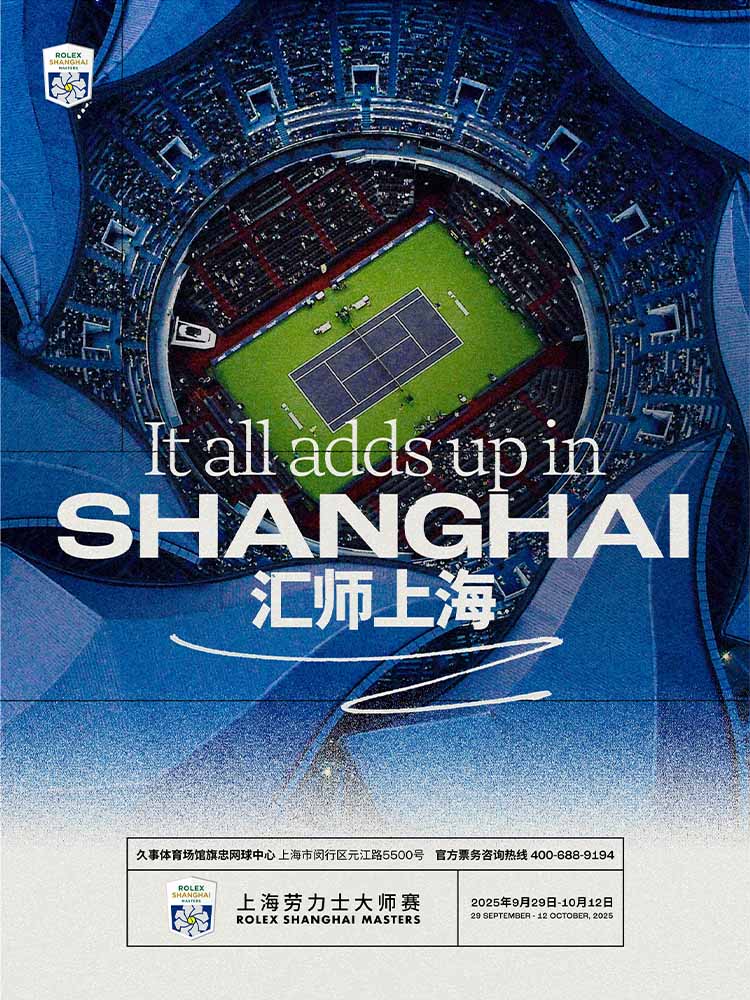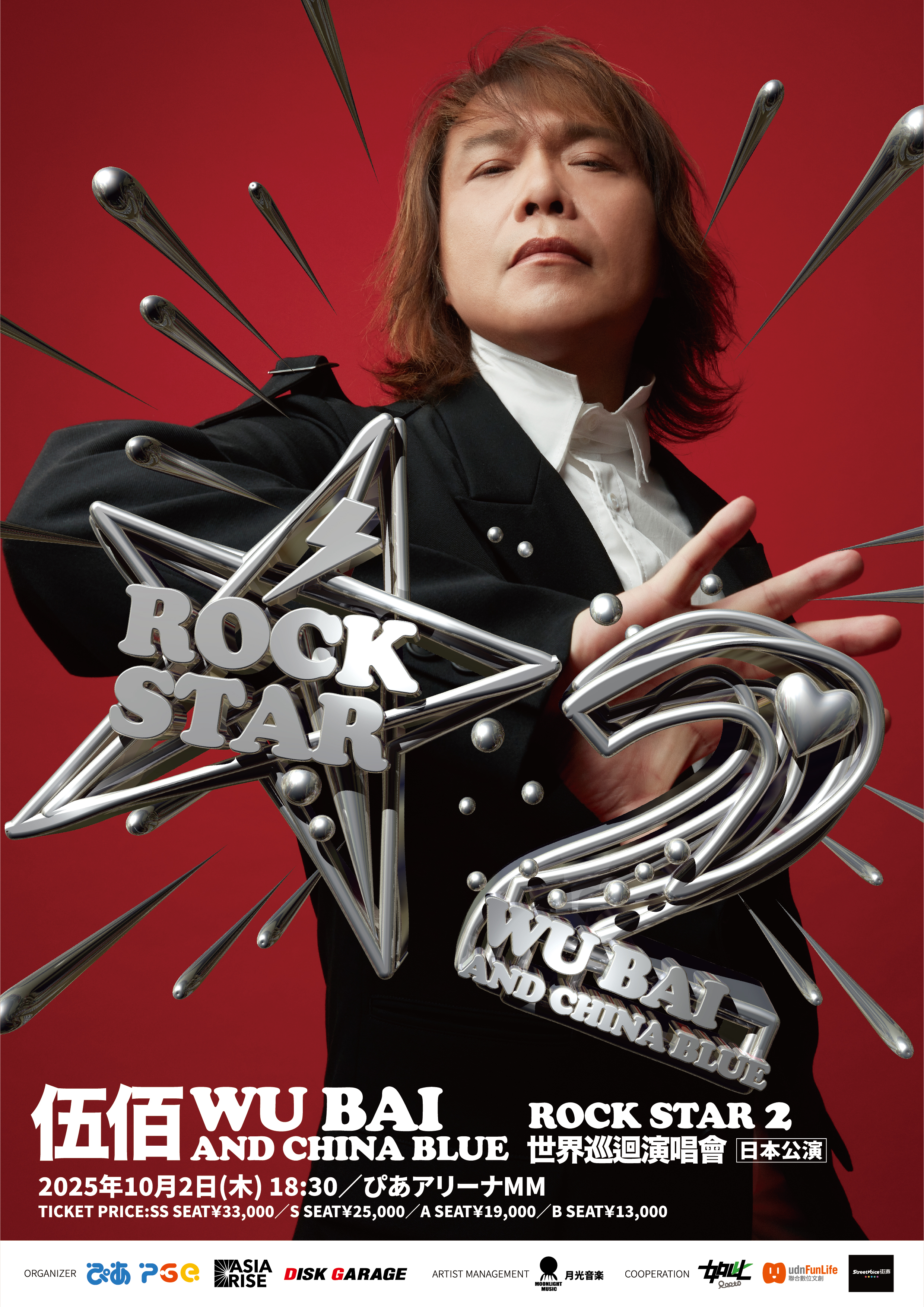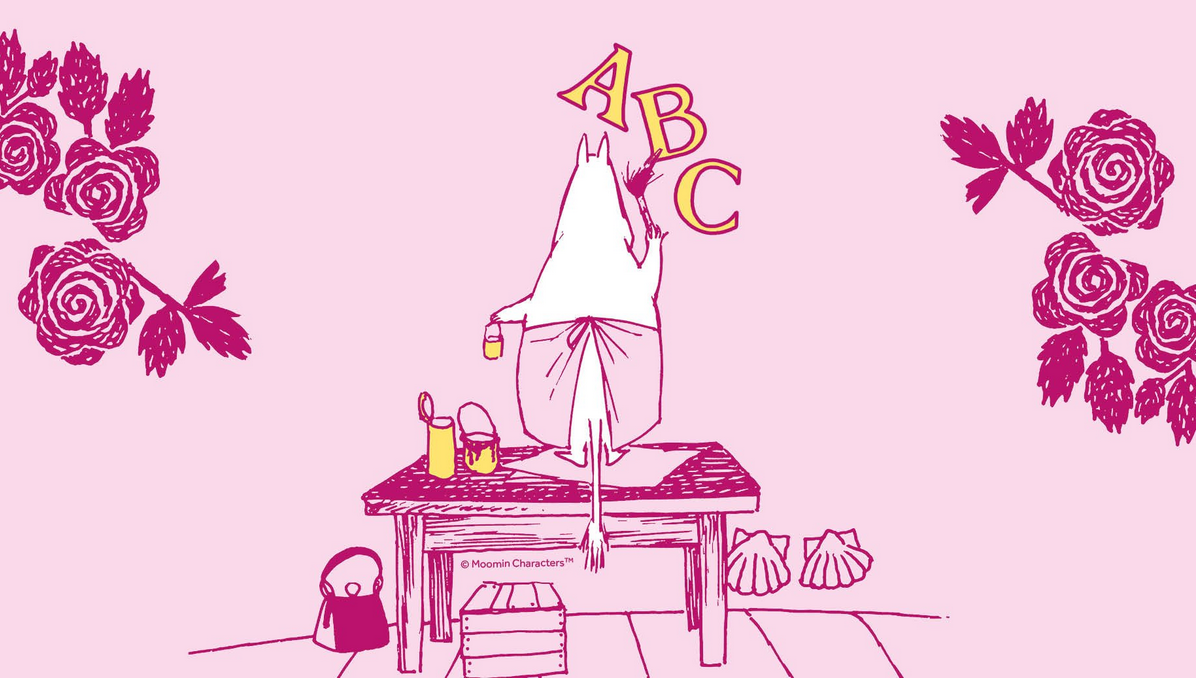Recent Searches
Popular Attractions
London
Edinburgh
Windermere
York
Manchester
Featured Events in Toyota in January, 2025 (August Updated)
Are you interested in Tropical Palm Tree Paint Night?
245 people have participated in this
poll
Yes
No




50%



50%
Type
Location
Event Status
Popularity
Start Time





